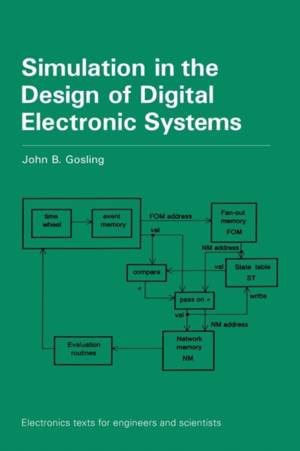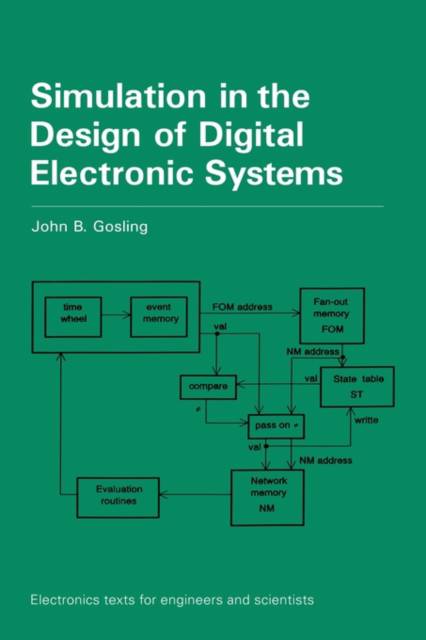
- Afhalen na 1 uur in een winkel met voorraad
- Gratis thuislevering in België vanaf € 30
- Ruim aanbod met 7 miljoen producten
- Afhalen na 1 uur in een winkel met voorraad
- Gratis thuislevering in België vanaf € 30
- Ruim aanbod met 7 miljoen producten
Zoeken
€ 219,45
+ 438 punten
Omschrijving
Electronic systems, including computers and telecommunications, are increasing rapidly in size and complexity. It is no longer practical to build an actual prototype. It is possible now, however, to simulate the design of a prototype without actually building the hardware. This book describes the structure of simulators suitable for use in the design of digital electronic systems. It includes the compiled code and event driven algorithms for digital electronic system simulators, together with timing verification. It also discusses limitations of the structures and problems of designing models. It also covers the subjects of testing and design for testability, and a major chapter is devoted to fault simulation. Finally, the text introduces hardware accelerators and modelers. The book is unique for covering simulation, fault simulation, timing verification, and model design in one place, and should make essential reading for electonic engineers involved in hardware design.
Specificaties
Betrokkenen
- Auteur(s):
- Uitgeverij:
Inhoud
- Aantal bladzijden:
- 292
- Taal:
- Engels
- Reeks:
Eigenschappen
- Productcode (EAN):
- 9780521426725
- Verschijningsdatum:
- 29/10/1993
- Uitvoering:
- Paperback
- Formaat:
- Trade paperback (VS)
- Afmetingen:
- 153 mm x 227 mm
- Gewicht:
- 408 g

Alleen bij Standaard Boekhandel
+ 438 punten op je klantenkaart van Standaard Boekhandel
Beoordelingen
We publiceren alleen reviews die voldoen aan de voorwaarden voor reviews. Bekijk onze voorwaarden voor reviews.











